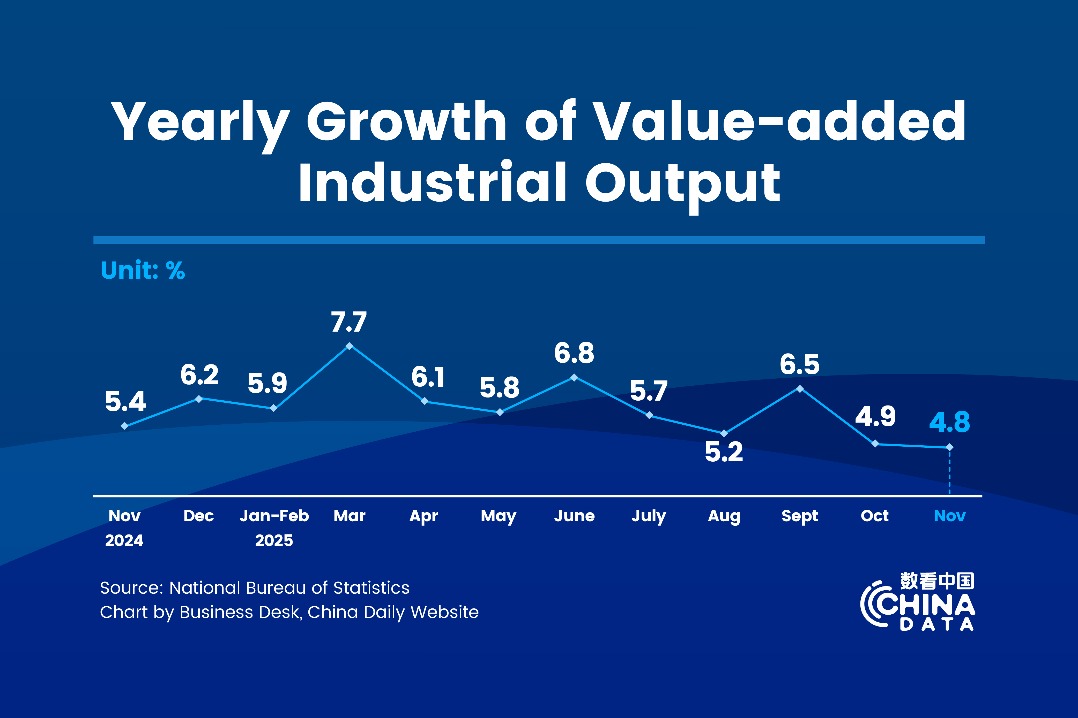Tech upgrade key for commercial lenders


It is imperative that commercial banks conduct digital innovation and transformation, as emerging fintech companies are eroding bank profits in their core business such as payments, consumer lending and wealth management, McKinsey & Company said in its latest banking industry report.
Apart from heightened competition with newcomers to the financial sector, banks are also facing challenges such as narrower net interest margins and financial reforms highlighting the regulatory prohibition of the conduct of multitranche channel business.
"As traditional business models of banks cannot sustain, it is imminent for banks to explore new models and find their way out," said John Qu, senior partner at McKinsey.
Currently standing at the intersection of digitization and profitability, commercial banks will take divergent paths, according to the report.
McKinsey estimates that return on equity of the banking industry will reach 9.3 percent in 2025 if banks keep moving along the existing development path, and if interest rate hikes and other positive factors are taken into consideration.
In another scenario, if the impact of digitization on banks is strong enough and if banks do not take any countermeasures, the estimated prospective ROE will fall to 5.2 percent. The drop will be largely caused by the narrowing of profit margins in retail banking, payments and asset management.
"However, banks could take a series of measures in the next three to five years to take their clients back, improve production efficiency, and realize industrial operations via digitized instruments," said the report.
If the entire banking sector takes all the above measures, its cost-to-income ratio will drop from 54 percent at present to 38 percent in 2025. The ROE of the banks that have realized a comprehensive digital transformation will reach 10.2 percent by that time.
Qu advised banks to build a brand-new business model by adopting new technologies, so as to access new market segments or further increase their existing market penetration.
He noted that banks should implement a digitized end-to-end business process re-engineering for their core business, taking a customer-centric approach, to optimize customer experience, reduce costs and improve efficiency.
A survey conducted by McKinsey on top 100 global banks shows that 52 percent of the banks have established cooperation with fintech companies, and 37 percent of the banks have made venture capital or private equity investments in fintech.
"When they are investing in financial technologies, banks should have the same mindset as venture capital firms," Qu said.
Besides forming or joining a private equity fund to invest in fintech, banks could also launch or cooperate with startup accelerators to develop a business layout of innovative companies in advance, he added.
Traditional financial institutions have ramped up efforts to make financial technology innovation, using different measures such as launching special funds or setting up fintech subsidiaries, said Arthur Wang, partner and head of banking at KPMG China, at a media briefing in November.
China Construction Bank Corp, the nation's second largest State-owned commercial lender by assets, and China Minsheng Banking Corp Ltd, a national joint-stock commercial bank, established their own fintech subsidiary in 2018, following the steps of a few other pioneering banks during the past three years.
In the meantime, many financial institutions announced that they will use 1 percent of their revenue or profit to form a fund for fintech research and innovation, according to Wang.
"There is an evident trend that financial institutions, especially banks, have invested a lot in big data since last year to improve financial productivity in many aspects, including customer profiling, precision marketing, risk management and digital lending," he said.





































